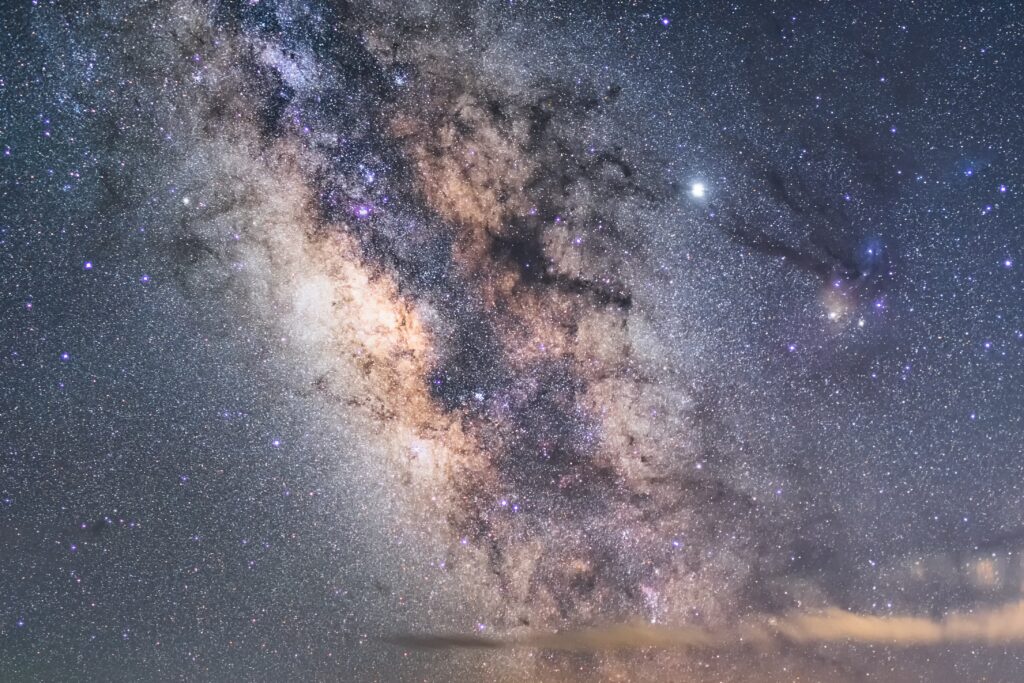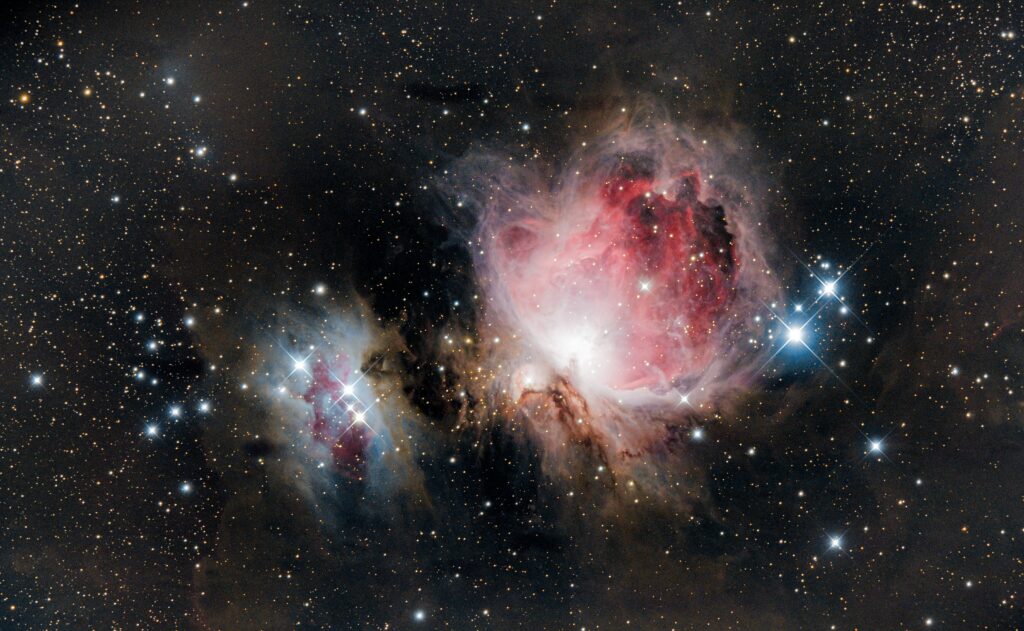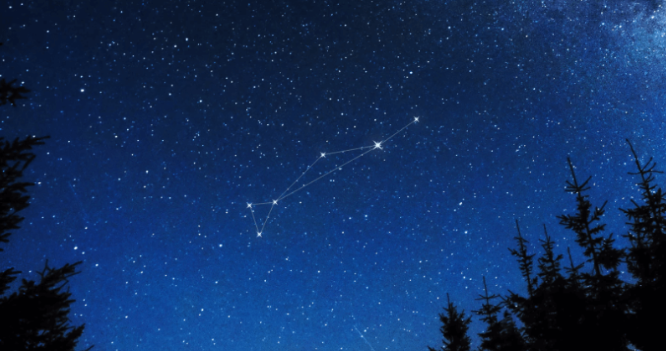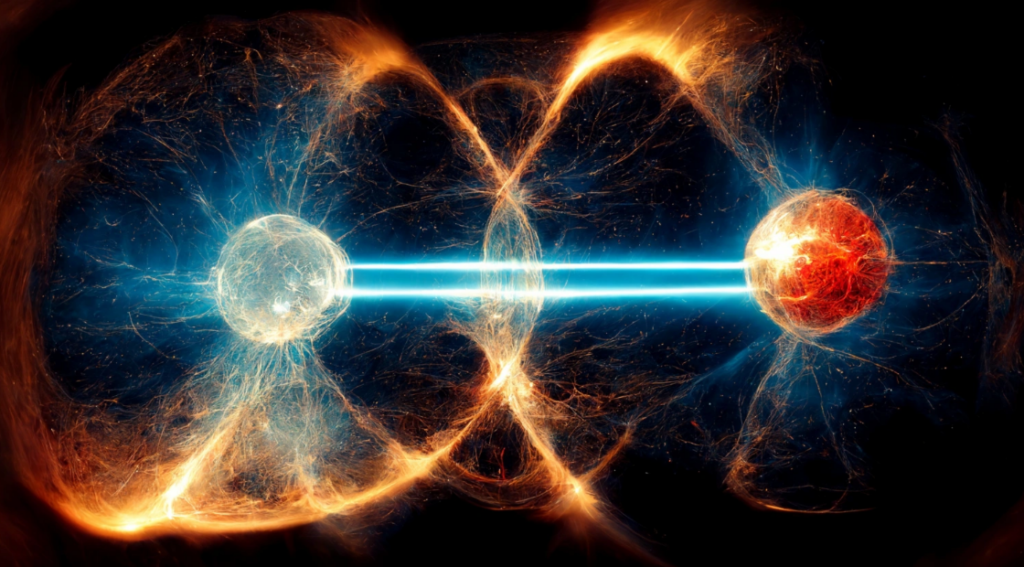Do we as humans choose particular groups of stars as constellations?

The Ursa Major stars make up a prominent center in the Northern Hemisphere sky, and even novice stargazers can easily make out the shape, which is part of the Ursa Major constellation. Now, scientists have shown that three factors may explain why certain groups of stars form such recognizable patterns.

To replicate how humans perceive the celestial sphere, a team of researchers considered how the eye might randomly travel across this night sky; human eyes tend to move in discrete jumps, called saccades, from one point of interest to another. The team created a simulation that incorporated the length distribution of those saccades, combined with basic details of the night sky as seen from Earth, namely the apparent distances between neighboring stars and their brightnesses.
The technique could reproduce individual constellations, such as Dorado the goldfish, and when used to map the entire sky, the simulation generated clusters of stars that tended to align with the 88 modern constellations recognized by the International Astronomical Union.

Ancient peoples from diverse cultures connected similar clusters of stars independently of each other, and this indicates that there are some fundamental aspects of human learning that influence the way we organize information.





Responses